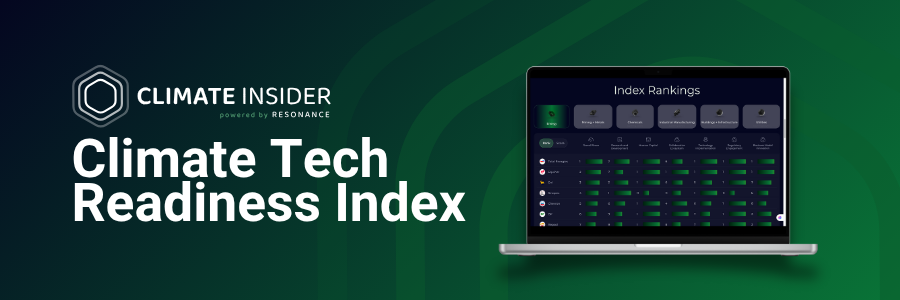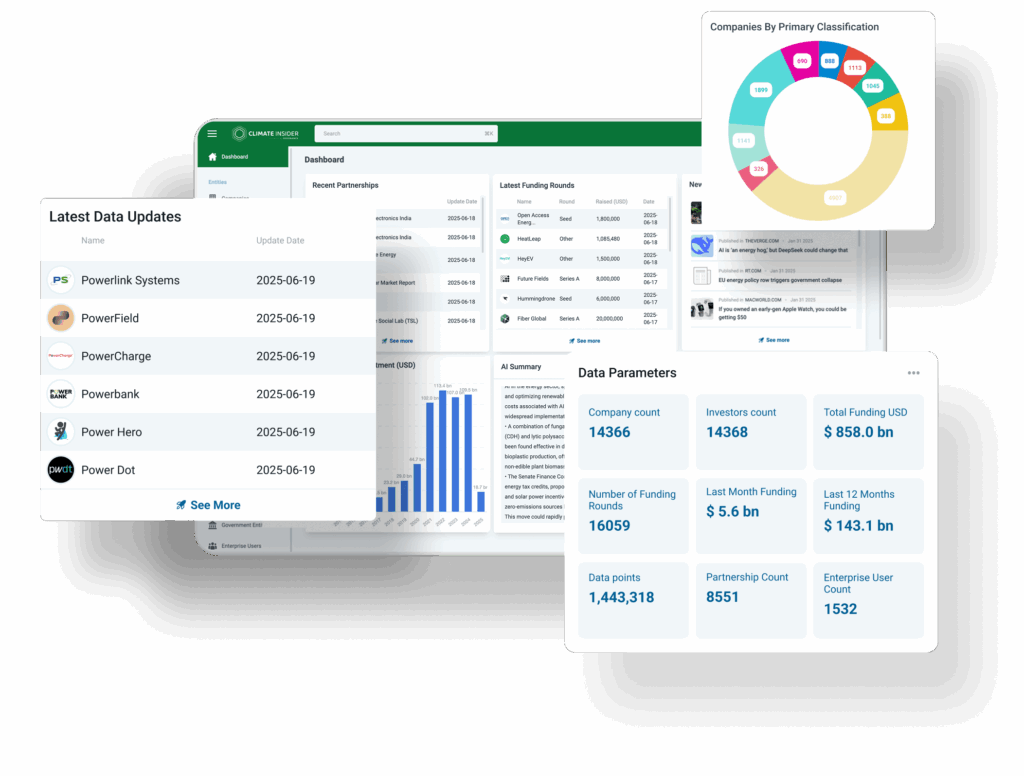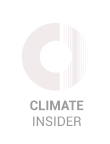Trump Climate Tariffs Send Shockwaves Through Global Economy
The imposition of worldwide tariffs by U.S. President Donald Trump on April 2 is sending shock waves through the global economy, and it is likely to have real implications for cleantech and climate tech.
This trade move is now central to the evolving narrative around Trump climate policy impacts on global sustainability efforts.
Industries Brace for Economic Fallout
The tariffs, which include a 10% baseline tariff on all imports to the U.S. and significantly higher tariffs for China (54%), the European Union (20%), Japan (24%), and Taiwan (32%), is likely to impact a range of industries.
The U.S. also imposed a blanket 25% tariff on all non-U.S.-produced cars.

Tariffs Threaten Renewable Investment and Trade
A shock to the economic system may result in countries refocusing their efforts from investing in renewable energy – which garnered nearly US$2.1 trillion in global investment in 2024 – to bolstering their economies.
It may also severely lower levels of global trade, which can hit industries such as electric vehicles and wind power as these areas may struggle to secure necessary components.
Supply Chain Disruption in Wind and Solar Sectors
According to ING Think, the U.S. wind industry is dependent on imports from Mexico, Canada, and China. In 2023, the US sourced US$571 million worth of wind-related equipment from Mexico, US$55 million from Canada, and US$68 million from China.
Analysts see this development as another inflection point in the trump climate policy legacy, especially in how it intersects with clean energy progress.
It sourced another US$245 million from Germany and US$181 million from Spain, among other EU nations, which now come with a 20% tariff.
The tariffs may have a sizable effect on the solar industry. Though the U.S. no longer relies on China for panels, due to the Inflation Reduction Act (IRA) passed by former president Joe Biden, the U.S. now imports most of its solar equipment from southeast Asia.
The U.S. sources 38% of its photovoltaic modules from Vietnam, which yesterday was hit by a 46% tariff. Americans source another 20% of their PV modules from Thailand, which now have an additional 36% cost. Malaysia provides 13% of America’s PV modules, which will have an additional 24% cost.
On the PV cell side, America relies on Malaysia for 34% of these materials. South Korea accounts for another 31% of PV cells, and has been hit by a 25% tariff. The U.S. sources 18% of its PV cells from Thailand (tariff rate 36%), and another 7% from Vietnam (tariff rate 46%).
Policy Uncertainty Clouds Climate Tech Progress
“The policy whiplash from these tariffs will ultimately undermine the ability to realize a domestic supply chain and will constrain efforts to deliver energy security and reliability for Americans,” Vanessa Sciarra, VP of Trade and International Competitiveness for American Clean Power, told Climate Insider.
This underscores a wider impact of trump climate tariff strategies on long-term cleantech development.








